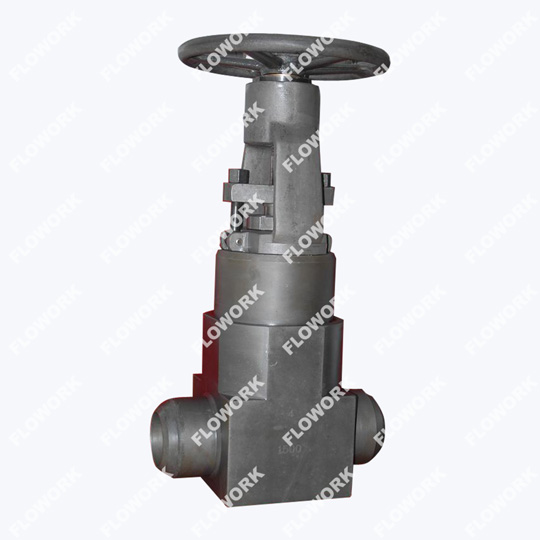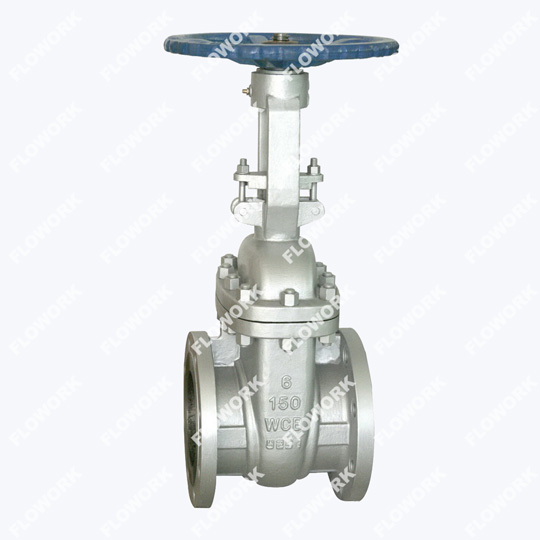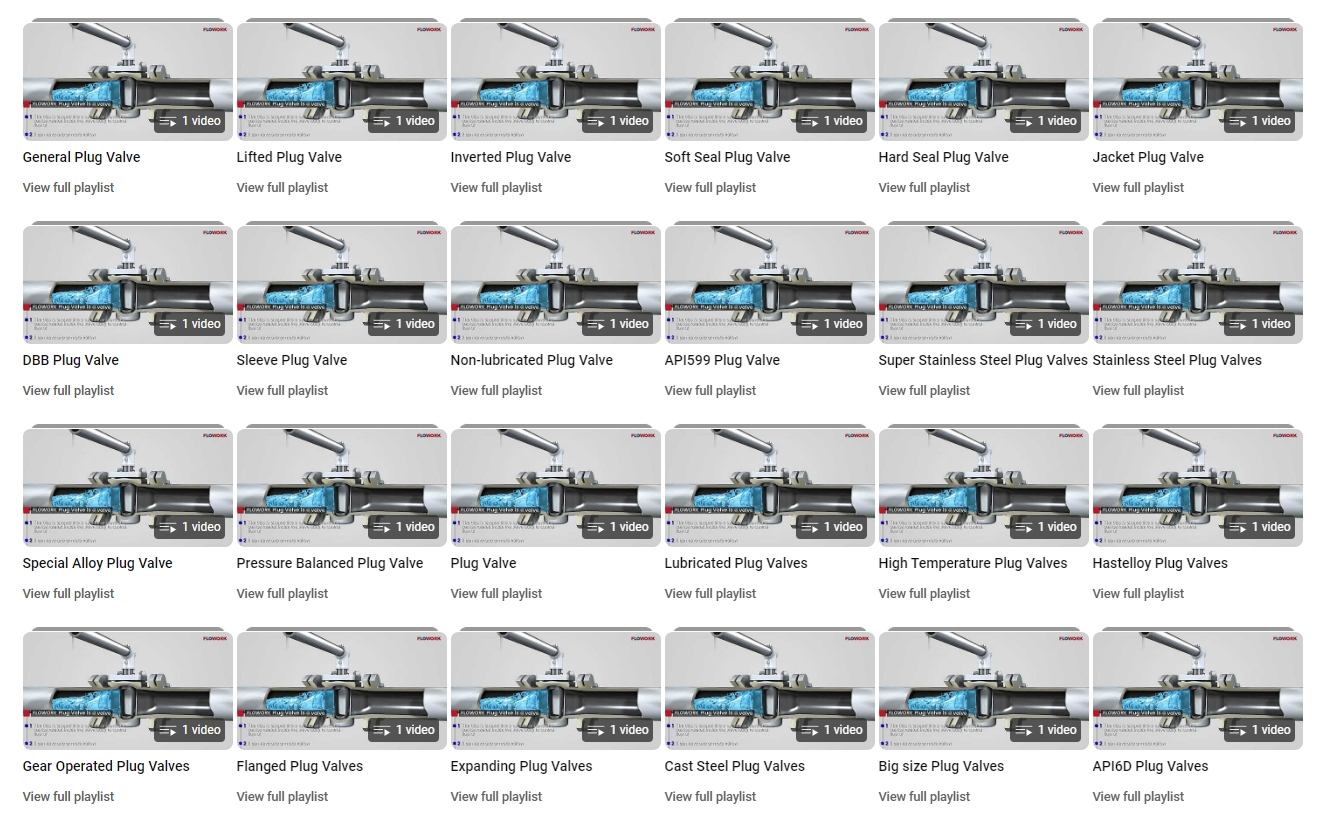What is the difference between parallel and wedge shaped gate valves?
Depth comparison and functional differences between parallel and wedge gate valves. In particular, I want to talk to you about the key differences between parallel gate valves and wedge gate valves, and how these differences affect their performance and use in various industrial applications. I will analyze its design features, working principles, usage scenarios and application advantages in detail to provide you with comprehensive, in-depth and practical information, alloy check valves.
1. The importance of gate valve type and selection
In the field of industrial valves, gate valves are a common valve type used to control the flow of fluids. Among them, parallel gate valve and wedge gate valve are the two main gate valve designs. Understanding their differences is critical to selecting the right valve to meet specific application needs.

2. Design and working principle of parallel gate valve
Parallel gate valves get their name from the parallel relationship between their gate plates and valve seats. This design allows fluid to experience less resistance as it passes through the valve, resulting in smooth fluid control. The working principle of the parallel gate valve is to drive the gate plate to make lifting movements through an electric motor or a manual operating mechanism, thereby opening or closing the valve. Due to its structural characteristics, parallel gate valves are usually suitable for scenarios that require frequent switching and precise flow adjustment, big size check valve.
3. Design and working principle of wedge gate valve
Compared with the parallel gate valve, the gate plate of the wedge gate valve is wedge-shaped and forms a certain angle with the valve seat. This design allows the wedge gate valve to provide greater sealing pressure when closing, thereby achieving better sealing effect. The working principle of the wedge gate valve is similar to that of the parallel gate valve. The gate plate is driven to lift and lower by an electric motor or a manual operating mechanism. Due to its excellent sealing performance, wedge gate valves are usually suitable for applications with high pressure, high temperature and highly corrosive media.

4. Difference Analysis Comparison between parallel and wedge gate valves
Fluid resistance: Due to the parallel relationship between the gate plate and the valve seat of the parallel gate valve, the resistance when the fluid passes through is small. The wedge-shaped design of the wedge gate valve may cause greater fluid resistance. Therefore, parallel gate valves are more advantageous in applications where low resistance is required, din check valve.
Sealing performance: The wedge-shaped design of the wedge gate valve can provide greater sealing pressure when closing, thereby achieving better sealing effect. This makes the wedge gate valve perform well in applications involving high pressure, high temperature and highly corrosive media. Parallel gate valves may not achieve the same sealing effect in some cases.
Flow adjustment: The structural characteristics of the parallel gate valve make it suitable for scenarios that require frequent switching and precise flow adjustment. Through the equipped limit switch and control system, precise adjustment of flow can be achieved. The wedge gate valve may not be as flexible as the parallel gate valve in flow regulation due to its design characteristics.
Service life: Since the wedge gate valve needs to withstand greater sealing pressure when closing, its service life may be affected to a certain extent. Parallel gate valves generally have a longer service life due to their lower fluid resistance and less mechanical wear.
5. Analysis of application scenarios and advantages
Oil and Gas Industry: In the process of oil and gas extraction, transportation and storage, wedge gate valves are widely used due to their excellent sealing performance. It can withstand the influence of high pressure, high temperature and highly corrosive media, ensuring the safety and efficiency of the production process. Parallel gate valves are more suitable for scenarios that require frequent switching and precise flow adjustment, such as flow control systems in refineries.
Electric power industry: In thermal power plants and hydroelectric power plants, wedge gate valves are often used to control high-pressure and high-temperature fluids such as boiler feed water, steam exhaust, and cooling water. Its excellent sealing performance can prevent fluid leakage and safety accidents. Parallel gate valves are more suitable for flow control of equipment such as feed water pumps and condensers due to their low fluid resistance and precise flow adjustment capabilities.
Chemical industry: In chemical production, the control of corrosive media and high-temperature and high-pressure fluids is crucial. Wedge gate valves are favored for their excellent sealing properties and corrosion resistance. Parallel gate valves are more suitable for scenarios that require precise flow adjustment and frequent switching, such as fluid control systems for chemical reactors and separation equipment, duplex stainless steel check valve.
Water supply and drainage system: In municipal water supply and drainage systems and industrial water supply and drainage systems, parallel gate valves are widely used because of their low fluid resistance and precise flow adjustment capabilities. It can realize intelligent management of water intake, sewage discharge and water flow distribution. The wedge gate valve is more suitable for sludge treatment and high-pressure drainage in sewage treatment plants to ensure the normal operation and environmental performance of the system.








